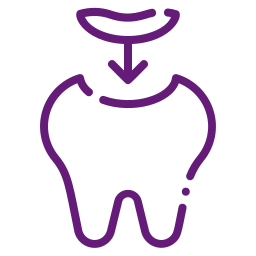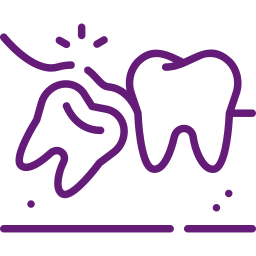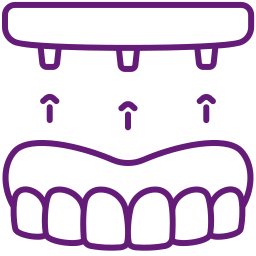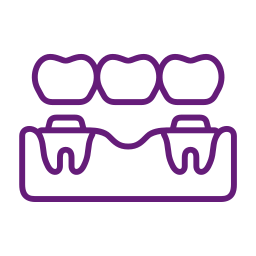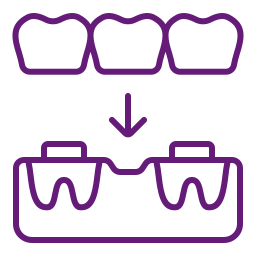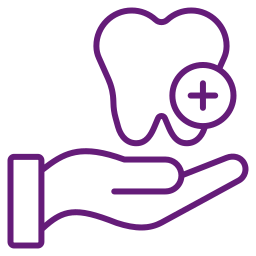Dental Braces
Introduction to Dental Braces
Dental Braces are orthodontic devices used to straighten and align teeth, correct bite issues, and enhance overall dental health. They are commonly recommended for individuals with misaligned teeth, gaps, or bite problems such as overbite or underbite. Braces work by applying gentle pressure over time to shift the teeth into their proper positions, resulting in a healthier and more attractive smile.
What is Dental Braces?
Dental Braces are corrective appliances used in orthodontic treatment to improve the alignment of teeth and jaw structure. They consist of brackets, wires, and elastic bands that gradually move the teeth into their ideal positions. Braces can be made from metal, ceramic, or even clear materials, offering various options based on the patient’s preference and dental condition.
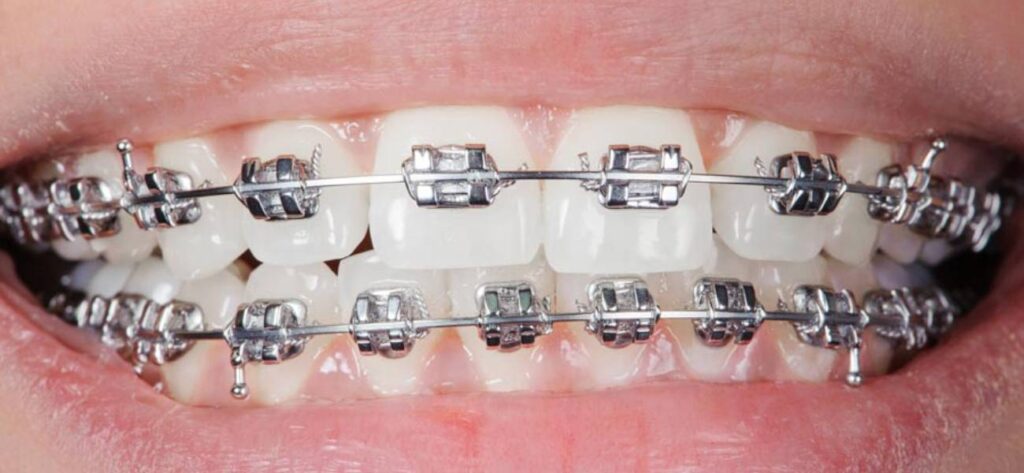
Talk to our Specialist
Types of Dental Braces
There are several types of Dental Braces, including:
- Metal Braces: Traditional braces made from stainless steel, known for their durability and effectiveness.
- Ceramic Braces: Made from tooth-colored materials, offering a more aesthetic option compared to metal braces.
- Lingual Braces: Placed on the inside of the teeth, making them virtually invisible.
- Clear Aligners (e.g., Invisalign): Removable, transparent trays that gradually move teeth into place.
Difference Between Metal Braces & Ceramic Braces
| Feature | Metal Braces | Ceramic Braces |
|---|---|---|
| Material | Stainless steel | Tooth-colored ceramic |
| Visibility | Highly visible | Less noticeable |
| Strength | Very strong & durable | Slightly more fragile |
| Cost | More affordable | Slightly expensive |
| Staining | Does not stain | Prone to staining if not maintained |
Symptoms Indicating the Need for Root Canal Treatment
If you experience any of the following, you may need Dental Braces:
– Difficulty in biting or chewing food
– Jaw pain or discomfort due to misaligned teeth
– Speech difficulties caused by gaps or misalignment
– Frequent biting of the inner cheeks or tongue
– Visible gaps, crowding, or unevenly spaced teeth
What Problems Do Dental Braces Fix?
Dental Braces help correct various orthodontic problems, including:
– Crooked or misaligned teeth
– Overbite (upper teeth overlap lower teeth excessively)
– Underbite (lower teeth extend beyond upper teeth)
– Crossbite (misalignment of upper and lower teeth)
– Spacing issues (gaps between teeth)
– Crowded teeth
– Overbite (upper teeth overlap lower teeth excessively)
– Underbite (lower teeth extend beyond upper teeth)
– Crossbite (misalignment of upper and lower teeth)
– Spacing issues (gaps between teeth)
– Crowded teeth
Procedure for Dental Braces
Dental Braces help correct various orthodontic problems, including:
- Initial Consultation: An orthodontist examines your teeth and takes X-rays or impressions.
- Treatment Planning: Based on the evaluation, the type of braces is chosen.
- Braces Placement: Brackets are bonded to the teeth, and arch wires are attached.
- Regular Adjustments: Monthly visits are required to tighten wires and adjust alignment.
- Completion & Retainers: Once alignment is achieved, retainers are provided to maintain results.
Frequently Asked Questions
The duration varies from person to person but typically ranges from 12 months to 3 years, depending on the complexity of the case.
You may experience mild discomfort after adjustments, but this subsides within a few days. Over-the-counter pain relievers can help manage the discomfort.
Yes, but you should avoid hard, sticky, and chewy foods that can damage the braces. Soft foods are recommended, especially after adjustments.
Yes, maintaining oral hygiene is essential. Brush and floss regularly, use orthodontic-friendly toothpaste, and visit your orthodontist for regular check-ups.
Dental Braces are an effective solution for correcting teeth alignment and bite issues, enhancing both aesthetics and oral health. If you have crooked teeth, gaps, or bite problems, consulting an orthodontist can help you determine the best type of braces for your needs. With proper care and patience, Dental Braces can give you a perfect, confident smile.

